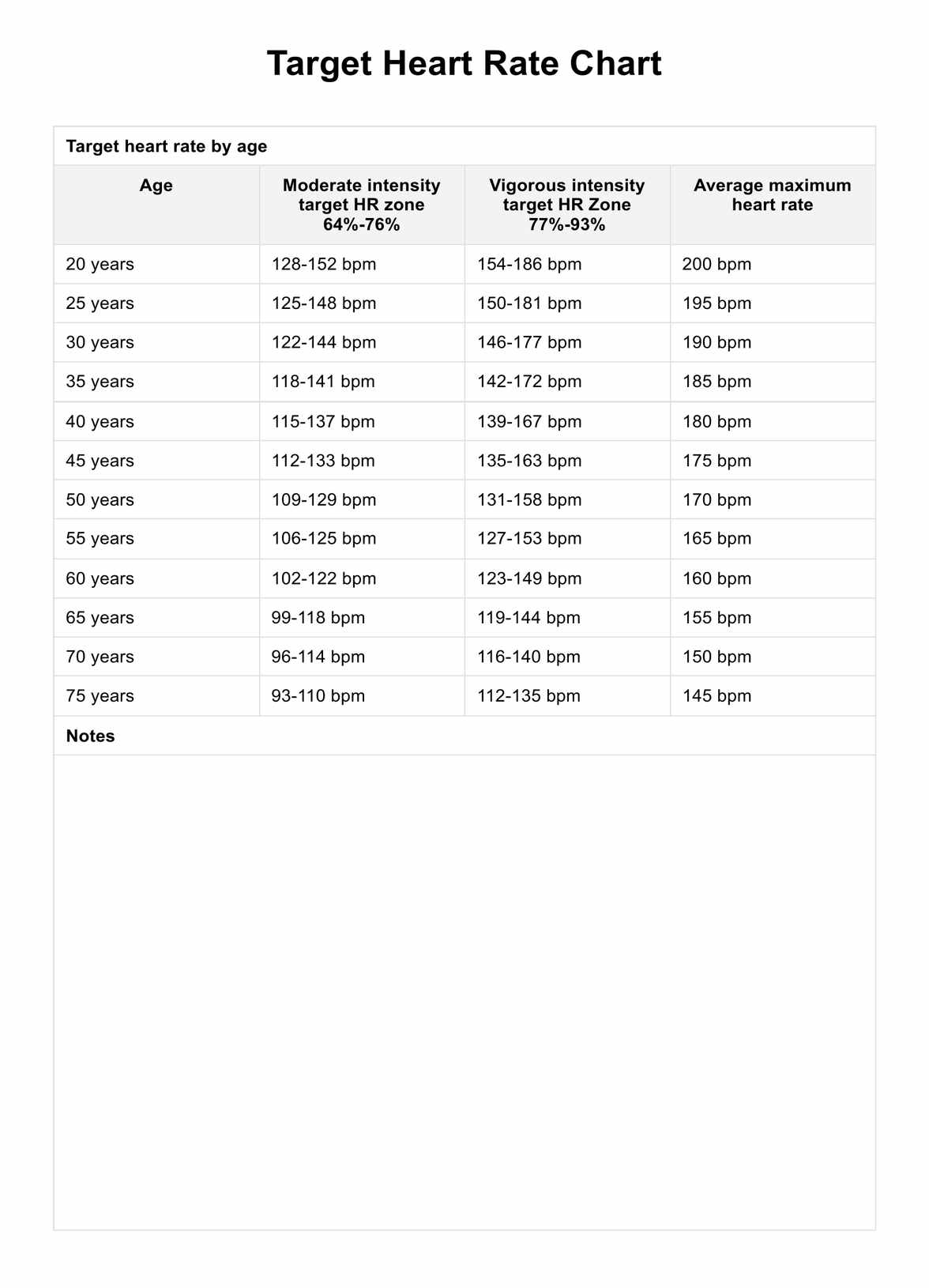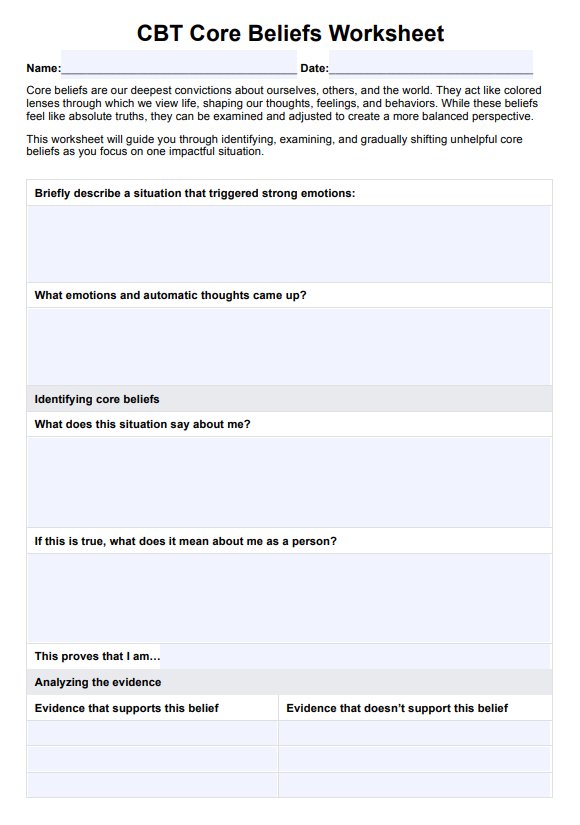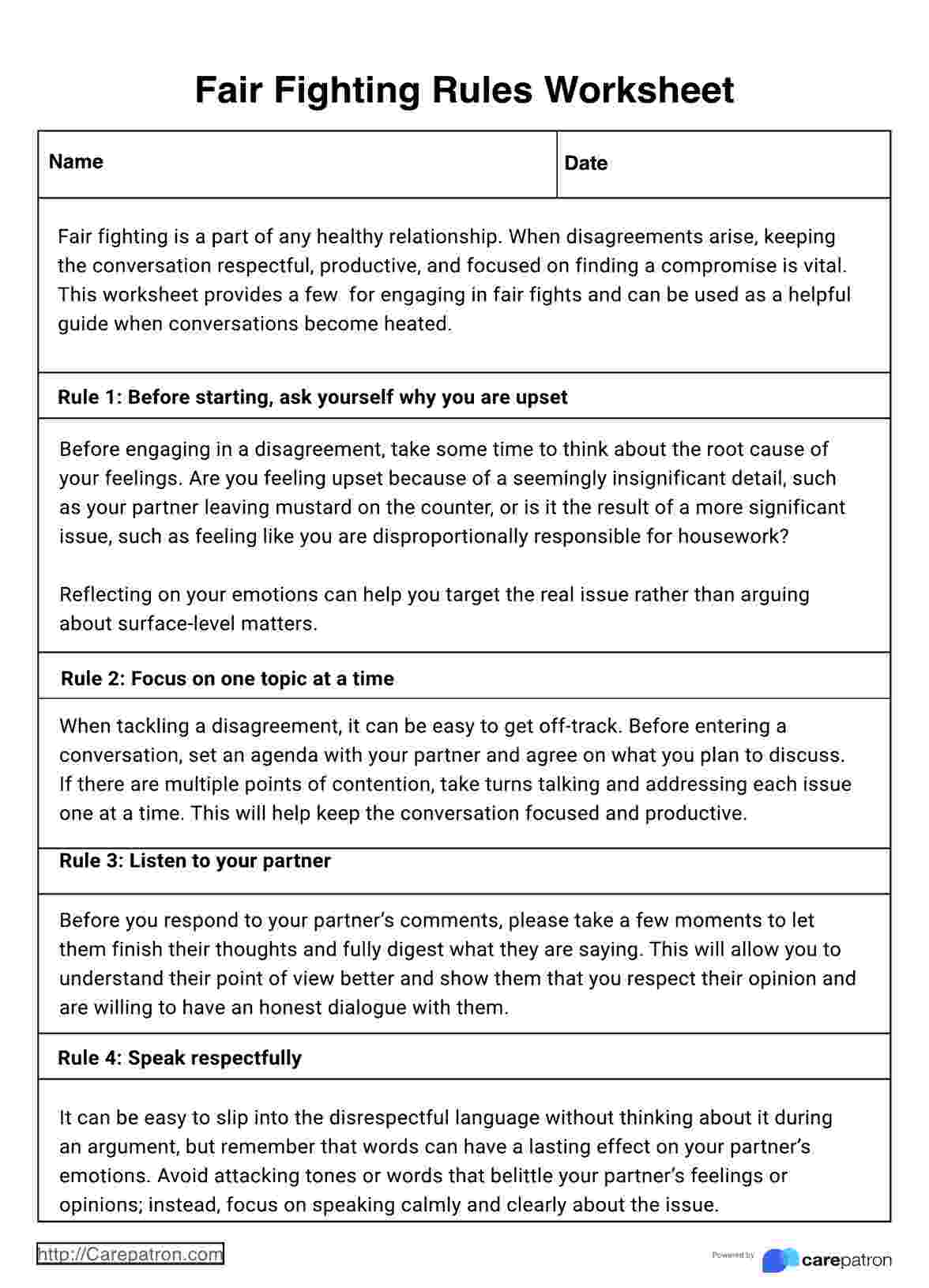BPD Test
Get access to a free BPD Test and example. Learn how to conduct the test and help patients with their recovery.


Find Out Your Borderline Personality Disorder (BPD) Results Instantly with the BPD Test
Are you worried about the potential presence of Borderline Personality Disorder (BPD) in yourself or someone you know? Our BPD test is designed to assist. It is a practical tool for recognizing symptoms, facilitating early intervention, and improving treatment outcomes. Join us as we delve into the intricate aspects of a BPD diagnosis, underscore the significance of early intervention, and showcase how our BPD test benefits individuals and healthcare professionals.
Key Takeaways
- Borderline Personality Disorder (BPD) is a condition that can severely impact a person's mood, behavior, and how they think about themselves and others.
- While there is no definitive test to diagnose BPD, online screening tools can help identify symptoms and prompt individuals to seek professional treatment.
- A licensed mental health professional should conduct a clinical interview to provide a complete diagnosis using the criteria in the American Psychiatric Association's Diagnostic and Statistical Manual of Mental Disorders or DSM-5.
- Psychotherapy, such as Dialectical Behavior Therapy (DBT), Cognitive Behavior Therapy (CBT), Psychodynamic therapy, and medication can effectively manage BPD symptoms and improve quality of life.
- Mentalization-based therapy (MBT) is another type of long-term psychotherapy that can be used to treat BPD.
- It's important to note that BPD is often confused or overlaps with other conditions, so a mental health professional with experience diagnosing BPD should evaluate individuals to make an accurate diagnosis.
BPD Test Template
BPD Test Example
Understanding Borderline Personality Disorder (BPD)
Borderline Personality Disorder (BPD) is a complex condition that affects how a person feels about themselves and others. It is characterized by intense, unstable emotions and relationships, as well as insecurity and self-doubt. People with BPD often experience emotional instability, impacting their self-image, likes and dislikes, and goals, which can lead to confusion about their sense of self.
BPD is also associated with anger, mood swings, impulsiveness, and self-destructive behaviors, making it challenging for individuals to maintain stable relationships and a sense of identity. The symptoms of BPD typically begin to manifest during the early teenage years and gradually improve during adult life.
Online tests, such as the McLean Screening Instrument for BPD (MSI-BPD), are available and can help individuals identify potential symptoms of BPD. However, it's important to note that these tests are not definitive diagnostic tools, and a clinical interview conducted by a licensed mental health professional is necessary to provide a complete diagnosis using the criteria in the American Psychiatric Association's Diagnostic and Statistical Manual of Mental Disorders or DSM-5.
BPD is often comorbid with other mental health conditions such as depression, anxiety, eating disorders, post-traumatic stress disorder, substance abuse disorders, and bipolar disorder, making its diagnosis and treatment more complex. Practical treatment approaches for managing BPD symptoms include psychotherapy, such as Dialectical Behavior Therapy (DBT), Cognitive Behavior Therapy (CBT), and Psychodynamic therapy, as well as medication.
However, individuals need to seek professional help from mental health providers experienced in diagnosing and treating BPD to receive an accurate diagnosis and appropriate treatment.
Utilizing this clinical interview template and dialectical behavior therapy template can enhance your practice and optimize client outcomes.
The Importance of a BPD Test
The importance of a BPD test lies in its potential to identify symptoms of Borderline Personality Disorder (BPD) and prompt individuals to seek professional help. BPD is a severe mental health condition characterized by intense emotional instability, impulsive behavior, and difficulties in maintaining stable interpersonal relationships. Recognizing and addressing these symptoms early on is crucial for effective intervention and treatment of mental illness.
Here are some key points highlighting the importance of a BPD test:
- Early Identification and Intervention: A BPD test can help individuals recognize potential symptoms early, providing timely intervention and treatment. Early identification may prevent the escalation of symptoms and more severe problems.
- Raising Awareness: BPD tests contribute to raising awareness about the disorder, reducing stigma, and encouraging open discussions about mental health. Increased awareness can lead to better understanding and support for individuals experiencing BPD symptoms.
- Guidance for Seeking Professional Help: BPD tests can guide individuals to seek professional help from mental health providers. Recognizing the need for professional intervention is crucial in managing and treating BPD effectively.
- Self-Reflection: Completing a BPD test may prompt individuals to reflect on their thoughts, emotions, and behaviors, fostering self-awareness. Increased self-awareness can be valuable in the therapeutic process and personal growth.
- Monitoring Mood Changes: Online screening tools, such as the McLean Screening Instrument for BPD (MSI-BPD), can help individuals track mood changes over time. Monitoring mood changes can provide valuable information to mental health providers during the diagnostic and treatment process.
It's important to note that while BPD tests and self-assessments can offer insights, they are not substitutes for a professional diagnosis. A licensed mental health professional, such a licensed professional such as a psychologist or psychiatrist, should conduct a comprehensive evaluation using the Diagnostic and Statistical Manual of Mental Disorders (DSM-5) criteria for an accurate diagnosis.
Introducing Our BPD Test
We are proud to introduce our BPD test, designed to help individuals and healthcare practitioners identify symptoms and seek appropriate treatment. The test is based on the DSM-5 criteria for BPD, as outlined in the Diagnostic and Statistical Manual. It aims to provide a better understanding of the condition for both individuals and healthcare practitioners.
Although the BPD test is invaluable for symptom identification, it should not replace a professional diagnosis of mental health disorders. The test can, however, serve as a helpful starting point for individuals who may be struggling with BPD or other symptoms and require further assessment by a mental health professional.
Test Structure and Questions
The borderline personality disorder test, also known as the borderline personality disorder quiz, consists of questions based on the DSM-5 criteria for Borderline Personality Disorder. By answering these questions, individuals who are diagnosed with borderline personality disorder can gain insight into their symptoms and determine whether they may be experiencing BPD. This can aid in identifying the need for professional help, potentially leading to a more accurate diagnosis of borderline personality disorder and improved treatment outcomes.
Emphasizing that the BPD test is not a definitive diagnostic instrument but a way to identify specific symptoms indicative of BPD is necessary. A thorough assessment by a mental health professional is necessary for an accurate diagnosis and treatment plan.
Downloadable PDF Format
Our BPD test is available in a downloadable PDF format, making it easy for healthcare practitioners to distribute to their patients. The PDF format offers several advantages, such as:
- Portability
- Accessibility
- Security
- Printability
These advantages ensure patients can complete the test and share their results with their healthcare practitioners.
By providing the BPD test in a downloadable PDF format, we aim to make identifying symptoms and seeking professional help more accessible for individuals and healthcare practitioners. This, in turn, can lead to earlier intervention and better treatment outcomes for those struggling with BPD.

How Healthcare Practitioners Can Benefit from the BPD Test
Healthcare practitioners can benefit from the BPD (Borderline Personality Disorder) test in several ways. BPD is often overlooked and undiagnosed in clinical practice, and individuals with BPD have been shown to have higher utilization of medical services, including seeing higher numbers of primary care physicians and specialists than those without BPD.
The Australian National Health and Medical Research Council (NHMRC) Clinical Practice Guideline for treating BPD emphasizes the importance of GPs in diagnosing and developing management plans for these patients. However, BPD is a challenging disorder to recognize due to the limitations of accurate diagnosis and identification in primary care settings.
Therefore, healthcare practitioners can benefit from the training for using/interpreting screening tools and understanding clinical presentation to increase appropriate recognition of BPD. Additionally, the BPD test can provide mental health professionals with invaluable insights into an individual's symptoms and behaviors, facilitating early identification and intervention.
The BPD test can help healthcare practitioners in the following ways:
- Recognition and Diagnosis: The BPD test can improve healthcare practitioners' ability to recognize and diagnose BPD in primary care settings, where accurate diagnosis and identification can be challenging.
- Reducing Stigma: Both healthcare providers and patients can carry stigma around the diagnosis of BPD, and the test can help reduce stigma by providing an objective tool for assessment.
- Improving Patient Care: Understanding an individual's symptoms and behaviors through the BPD test can facilitate early identification and intervention, improving patient care.
- Training and Education: Healthcare practitioners can benefit from the training provided for using and interpreting screening tools and understanding the clinical presentation of BPD to increase appropriate recognition and management of the disorder.
It is important to note that while the BPD test can provide valuable insights other personality disorders, it is not a standalone diagnostic tool, and a formal diagnosis should be made by a qualified mental health professional based on a comprehensive assessment.
Treatment Options for Borderline Personality Disorder
Psychotherapy is the primary treatment for Borderline Personality Disorder (BPD). Several types of therapy are effective:
- Dialectical Behavior Therapy (DBT): This therapy focuses on teaching skills to manage emotions, improve relationships, and control self-destructive behaviors.
- Mentalization-Based Therapy (MBT): MBT aims to help individuals understand their own and others' mental states, which can be challenging for those with BPD.
- Schema Therapy (ST): ST focuses on identifying and changing negative thinking and behavior patterns.
- Transference-Focused Therapy (TFP): TFP concentrates on the relationship between the individual and the therapist, helping the individual understand and manage their emotions and interpersonal difficulties.
- Systems Training for Emotional Predictability and Problem Solving (STEPPS): This therapy involves a structured group program that teaches emotional regulation and coping skills.
Individuals with BPD must seek professional help and support. Treatment can significantly reduce symptoms and improve overall well-being. With the right combination of therapy, medication, and self-help strategies, individuals with BPD can learn to manage their symptoms and lead fulfilling lives.

Commonly asked questions
People with BPD may exhibit 9 key symptoms, including difficulty regulating emotions, unstable relationships, impulsive behaviors, and distorted or poor self image-image. These behaviors can often harm one's social life, making it essential to identify these symptoms.
Therapists often avoid BPD due to the risk of patients lashing out in response to perceived criticism. This creates an environment of fear intense anger and uncertainty, making it difficult for them to treat patients with this condition effectively.
To test if you have BPD, you should participate in a psychological evaluation with a mental health or healthcare professional. This assessment typically includes an interview, questionnaires, and a medical history, which may help to diagnose common symptoms of the disorder.


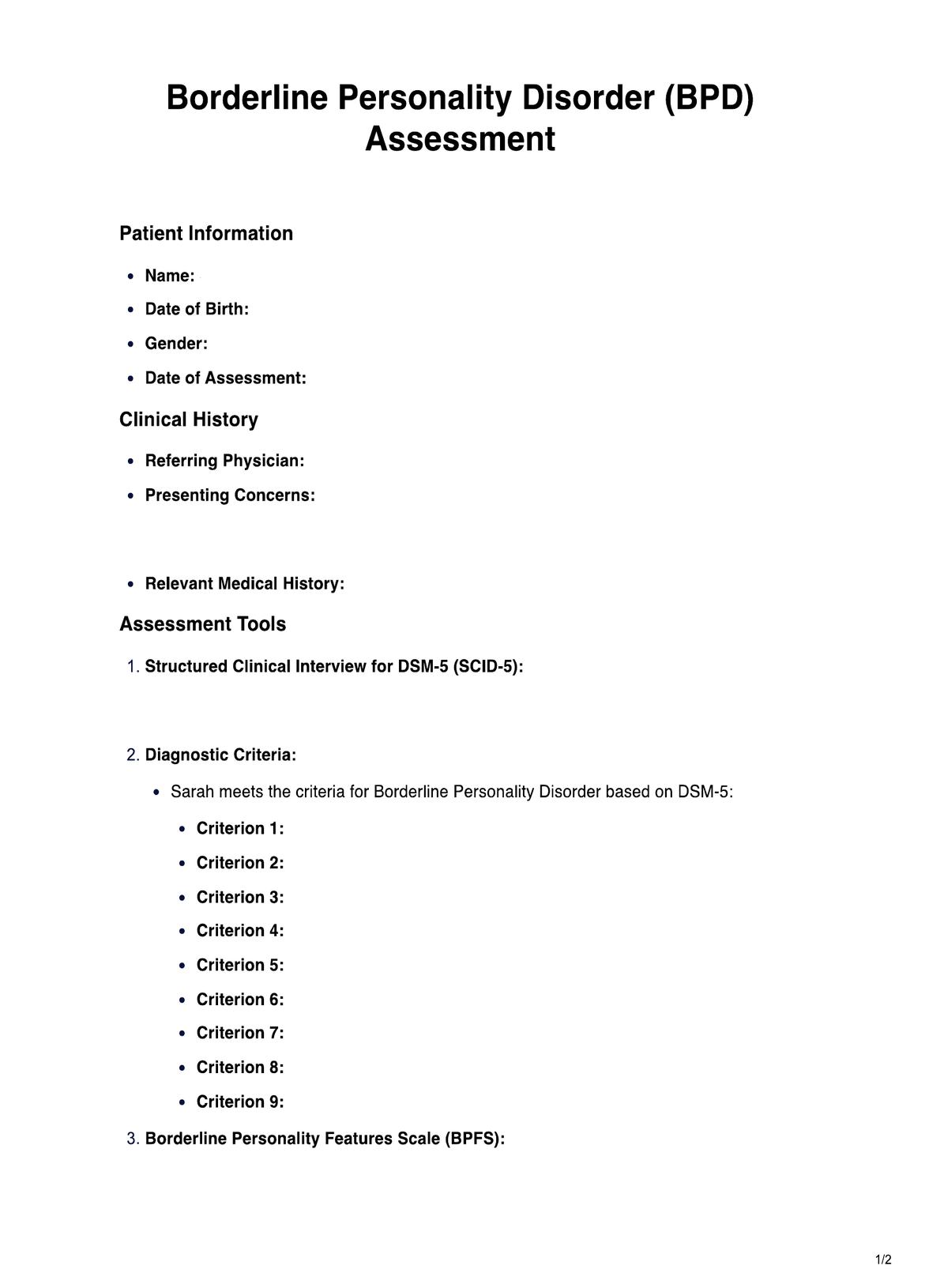
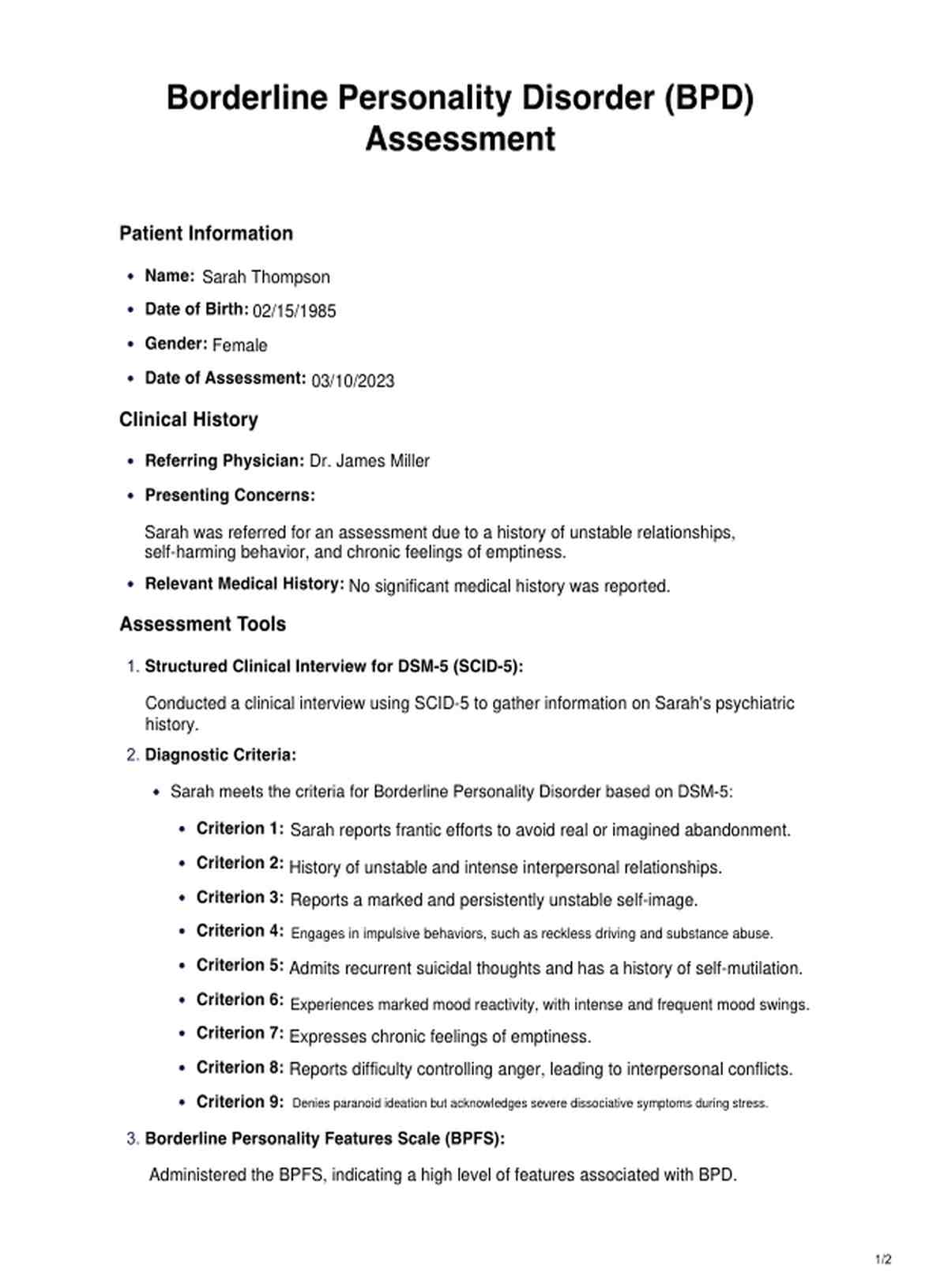

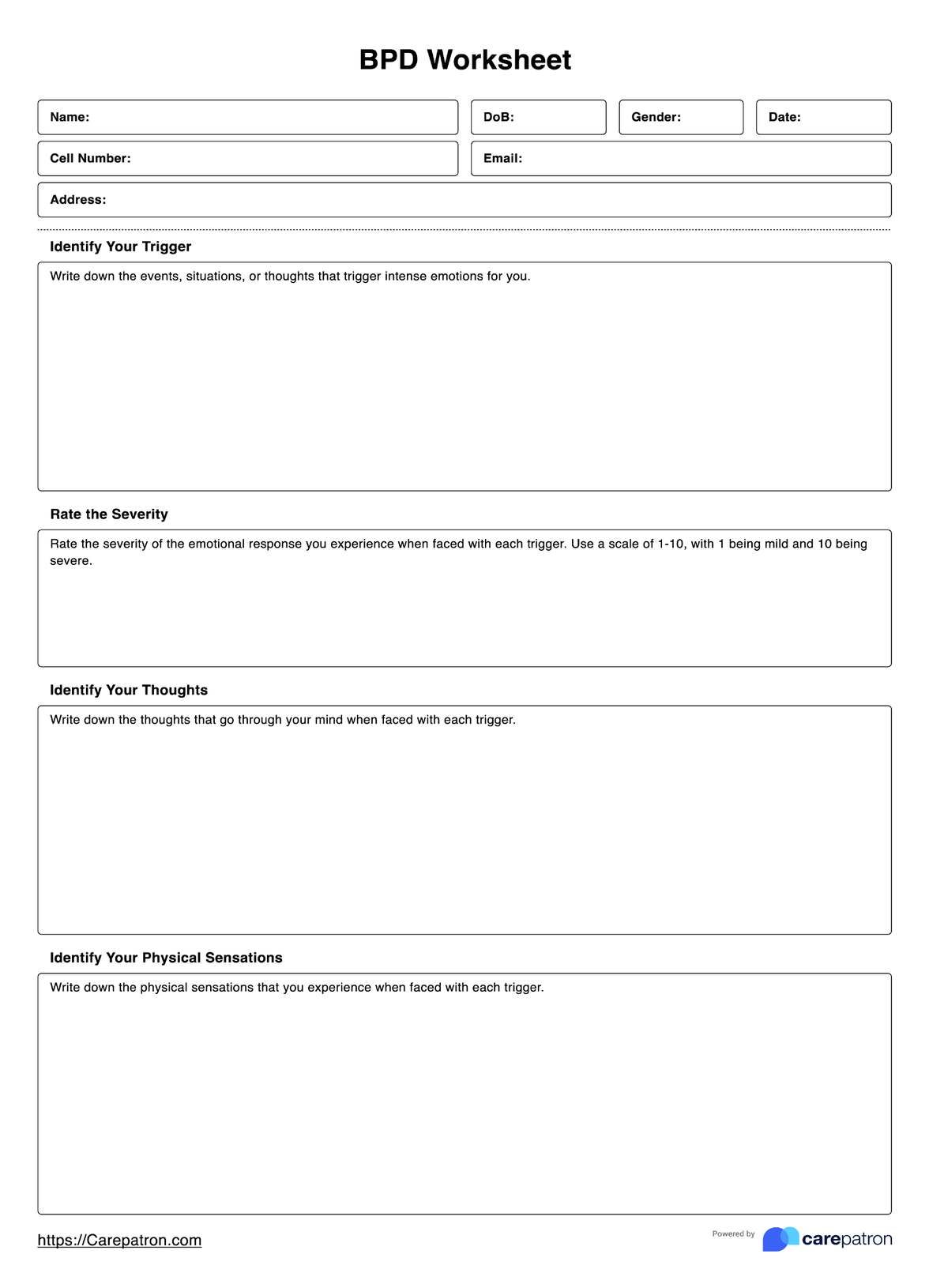
















-template.jpg)



















































































